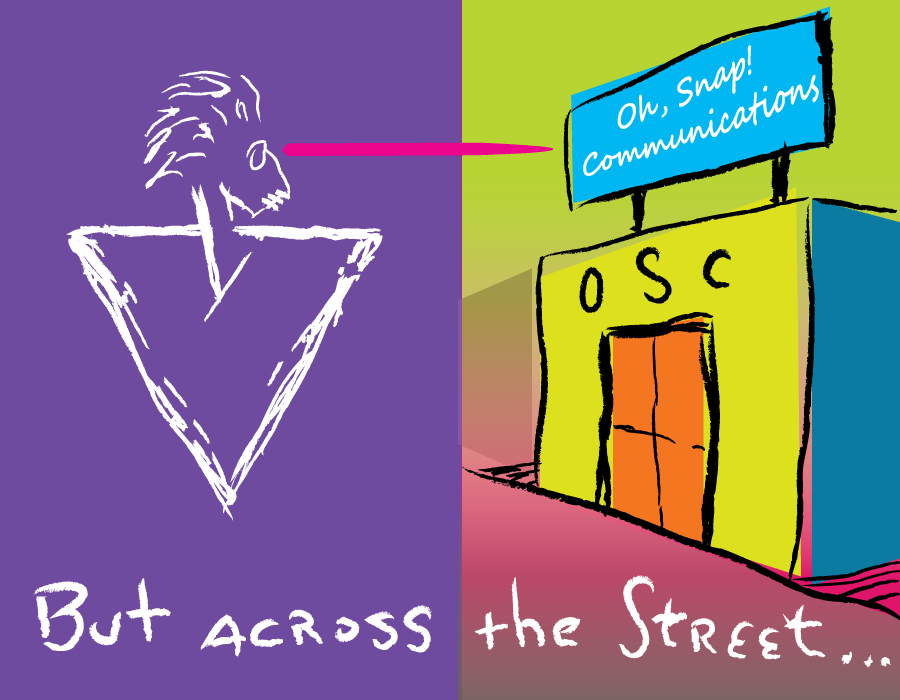
MIDI imposes assorted restrictions. For example, there are a fixed number of MIDI commands. While typically these are enough for general music applications, there are times when one or another custom instruction would be tremendously useful.

MIDI is also limited in the type of data it can send. It only deals with numbers, specifically integers (that is, no fractions or things with a decimal point).
What’s ultimately important is not whether these are, or were, real cause for concern for most people. What matters to us is that they motivated some people to create an alternative that did not have these limitations. In actual practice MIDI is still far more prevalent than OSC, but since there are ways to convert OSC to MIDI (and vice versa) you can take advantage of them both, picking whatever works best for your circumstances.

OSC origins
According to a page on the OSC Web site (http://opensoundcontrol.org/introduction-osc),
OSC was originally developed, and continues to be a subject of ongoing research at UC Berkeley Center for New Music and Audio Technology (CNMAT). CNMAT is an interdisciplinary research center within the UC Berkeley Department of Music.
Before OSC there was ZIPI (Zeta Instrument Processor Interface), an attempt to address some of the perceived short-comings of MIDI. It didn’t catch on.
But in 1997 Matt Wright and Adrian Freed, who worked on ZIPI, released the Open Sound Control specification.
Unlike MIDI, OSC did not define any hardware requirements. It just specified a data format. The geek term for this is “transport independent.” This means you could send OSC messages over telephone lines, or computer networks, or by carrier pigeon, just so long as on whatever or whomever was receiving the OSC message knew the implementation details of the transport system (i.e. telephone, or computer network, bird) in order to extract the OSC message content.
Surprisingly, in actual practice nobody uses pigeons. Instead, pretty much all OSC implementations use computer networks. The kind you already have.
This means that in order to start using OSC you don’t need to buy any new hardware, you just need to get some software.

In the next chapter we’ll look at the geeky details of OSC software.
The finished, cleaned-up, copy-edited version of this book is available for purchase in PDF, mobi, and epub formats. You get all three formats when you buy the book.
The paid version is also more current and has additional content not available in the Web version.